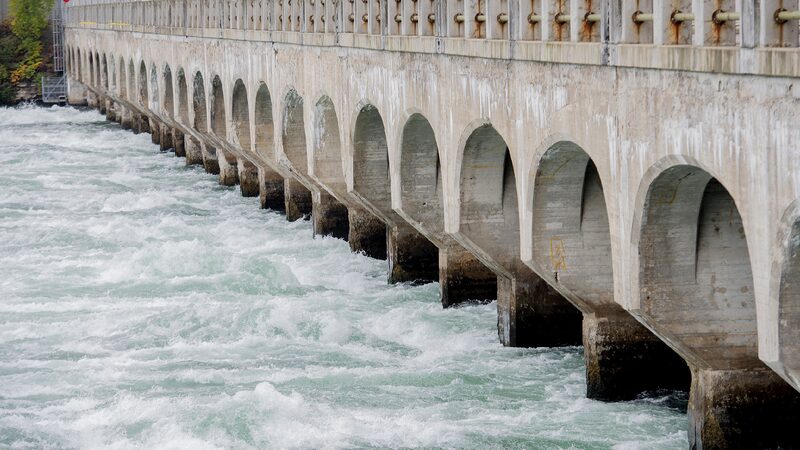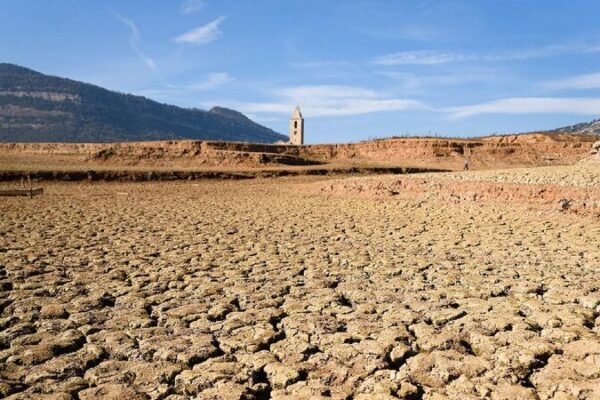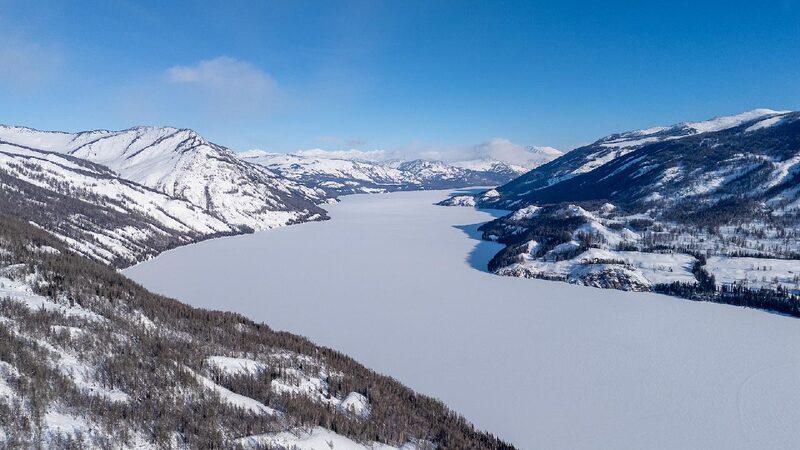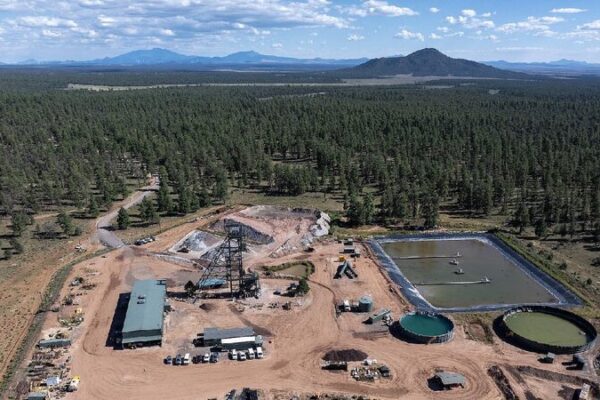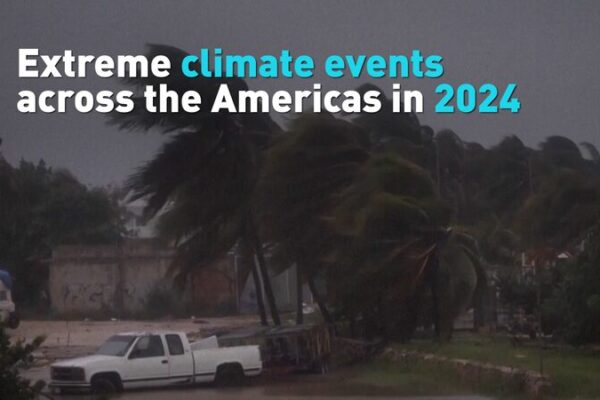Canada’s hydropower industry is facing unprecedented challenges as extreme weather events linked to climate change threaten production and infrastructure.
Hydropower, which supplies about 60% of Canada’s energy, is taking a significant hit due to sudden swings between droughts and floods. These extreme weather patterns are hampering energy output and putting pressure on the country’s dams.
Record Declines in Production
This year, Canada’s hydropower production has seen dramatic declines. For three consecutive months earlier this year, Canada, typically an energy exporter, had to import energy from the United States for the first time in eight years. This reversal underscores the severity of the shortfalls in hydropower production both in Canada and globally.
The International Energy Agency reported that 2023 marked a record decline in global hydropower generation, with other major producers like Turkey and the U.S. also affected by severe and prolonged droughts.
Impact on Key Regions
In Canada, provinces like British Columbia, Manitoba, and Quebec have been hit hard. Quebec’s massive Daniel-Johnson Dam, known for its immense scale, is experiencing record-low water levels in its reservoirs. Pierre-Marc Rondeau, an engineer at Hydro-Quebec, acknowledged that the company is starting to feel the impacts of climate change, with water shortages reducing profits by 30% in the first nine months of this year.
Adjusting to a New Reality
Hydro-Quebec has had to cut exports to meet local demand, a significant setback for a company that has invested heavily in new transmission lines and long-term supply contracts with U.S. customers. “We’re adjusting the ways we operate the reservoirs to be ready at any time in the event of flood or drought,” Rondeau said.
Infrastructure Under Pressure
The challenges are not limited to production. The dams themselves are under stress from extreme weather. Reza Najafi, a professor of civil and environmental engineering at Western University in Ontario, is part of a group working on new guidelines for dam design and management in response to these intensifying events. He pointed out that up to 50% of Canada’s dams are over 50 years old and were not designed to handle such extreme weather swings.
Preparing for the Future
Experts emphasize the need for national planning bodies to consider these dramatic changes in the water cycle when planning Canada’s hydropower future. “We are going to have volumes of water that we have never seen before,” said Philippe Gachon, a professor at the University of Quebec in Montreal. While Hydro-Quebec has begun integrating this new reality into its infrastructure plans, Gachon questions whether these efforts can keep pace with the rapid changes occurring.
Eloise Edom of L’Institute de l’Energie Trottier at Polytechnique Montreal noted that flash floods, which used to be once-in-a-century events, are now happening twice a decade in some parts of Canada.
Global Implications
The situation in Canada reflects a broader global challenge. As extreme weather events become more frequent and intense due to climate change, countries around the world must adapt their energy infrastructure and strategies. For nations in the Global South, the lessons from Canada highlight the importance of investing in resilient energy systems capable of withstanding the unpredictable impacts of a changing climate.
Reference(s):
cgtn.com
